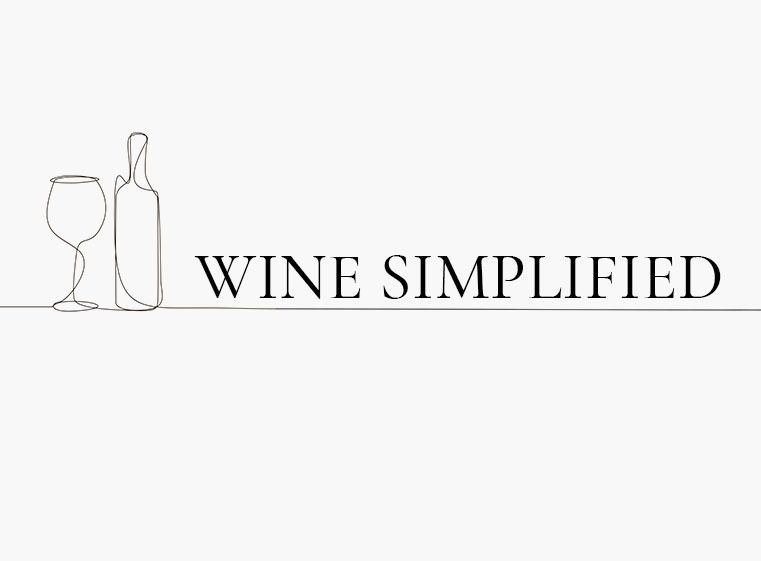If you’ve ever been verbally accosted by a Sommelier at a restaurant or Wine shop/bar, you’ve probably heard them throw out something about a wine being “open-knit” or “tightly-wound” – but what does that actually mean? Our Customer (and fan of Jessica) Danielle P. asked that exact question:
“Hi. I’ve known a number of people over the years to say wine is tightly knit or open knit, Cameron included. What does it that mean? Anyways, keep #winning you guys! Love you Jess!!!”
Party time!
Wine Term: Knit
Variations: Close-knit, Tightly-knit, Open-knit
Alternate Usages: Wound, Close-wound, Tightly-wound, Open
What it really means: The relationship between the chemical and physical elements in the wine, generally relative to the wine’s age.
When describing the knit of the wine, you are removing judgment about the flavors. You’re only studying the body of the wine and mouthfeel, essentially the structure of the wine.
Does everything feel harmonious and integrated, layering beautifully on top of each other? Open-knit.
Does the wine feel like it’s on the cusp of being something great on the palate, but feel like it’s just not quite there? Tightly-knit.
Too tart? Too acidic? Too ‘young?’ Not really getting much harmony? Like…there is something there, but it’s not quite as integrated as you’d like it? Closed-knit.
In the alternate usages earlier we mentioned the term ‘wound’ – while this is synonymous with ‘knit,’ in describing the balance in the structure of a wine, if you feel like there are defined, directional lines to where the elements are out of harmony, ‘knit’ is the better term to use, while ‘wound’ is best used if they seem more rounded as opposed to linear in their disconnect on the palate.
A Dry Creek Zin is more likely be described as close-knit in its youth, where as a young Carneros Chardonnay might be more tightly-wound for example.
Cabernet Sauvignon likes to make things difficult as each global growing region has different growing conditions and subsequent terroir and structure in the final product that can swing from being more ‘knit’ to ‘wound’ depending on the growing region/conditions.
How to effectively use it:
Just don’t be a jerk when describing a wine you’re tasting to a Somm or tasting room staff. You may not know how long it requires aging, the style in which the wine is made, or realize you’re getting the chance to taste something before release, see below:
In your eyes – correct, but a very bad idea: “I want to like this wine, but it sucks.”
Better approach: “The wine seems to be close-knit.”
Best approach (really take it home for that free extra pour or two): “While it still seems a bit close-kit, I see promise in this wine. I’d be curious to know if you have something more open-knit from this varetal?”
Yeah, you basically just asked for a free pour on the house, but no worries, you did it with class! And that’s #winning Danielle.

